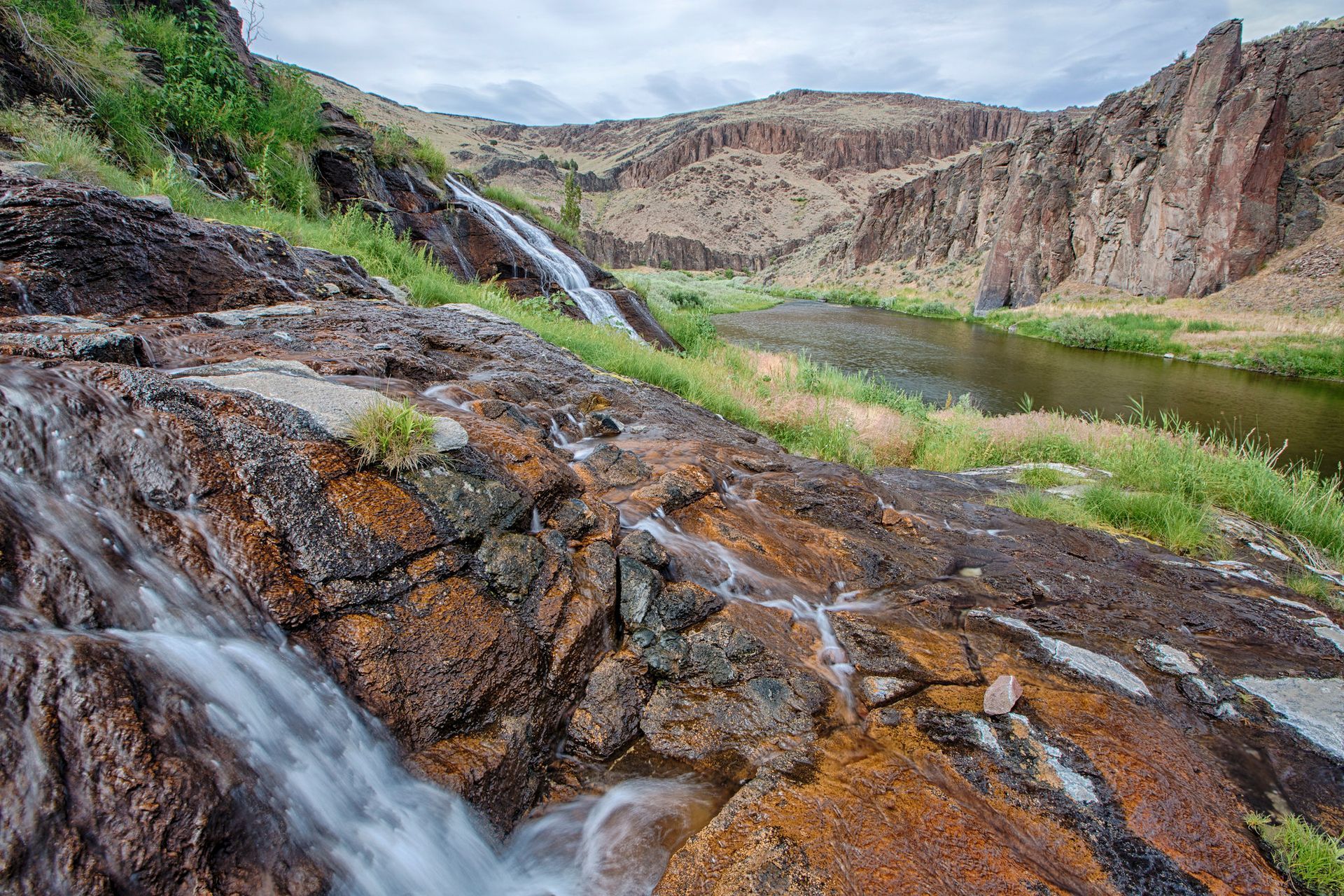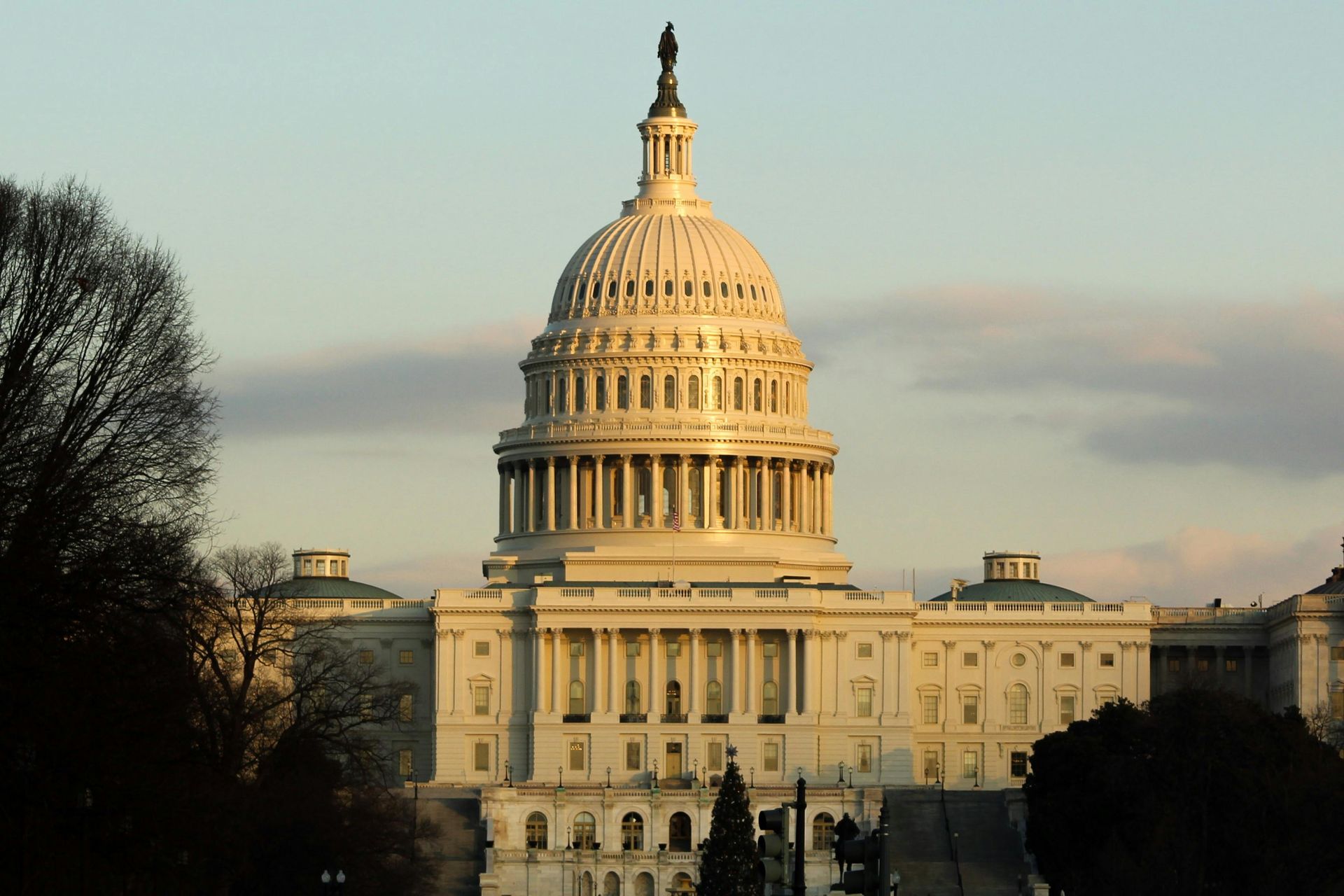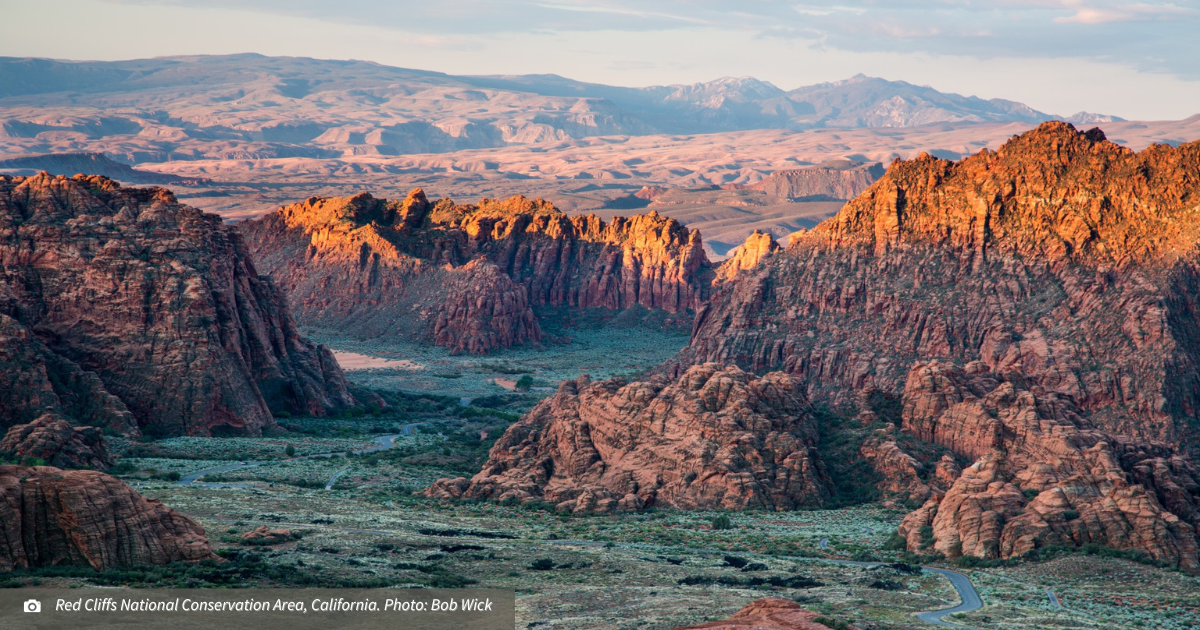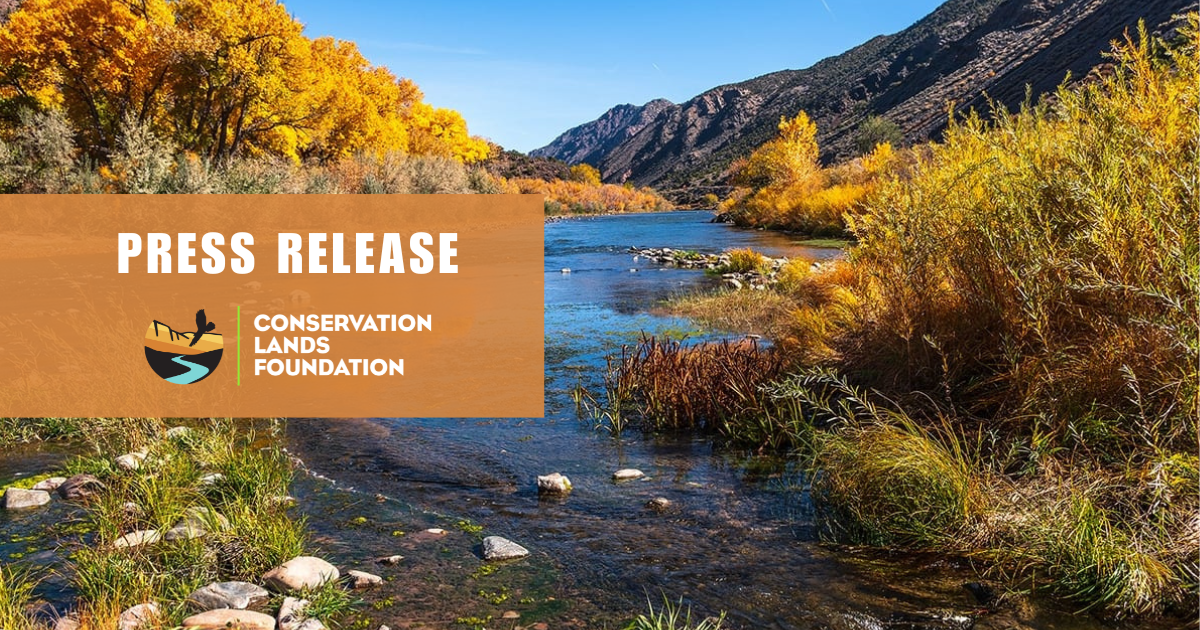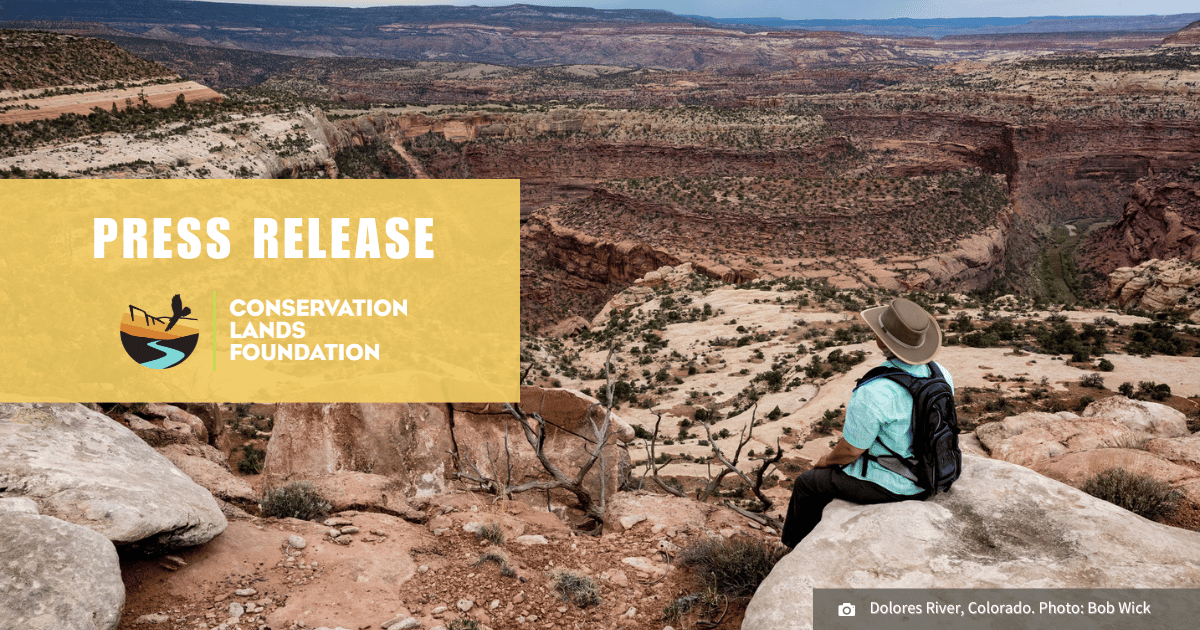U.S. Forest Service Deals Devastating Blow to Sacred Lands and Local Communities in New Mexico’s Caja del Rio

U.S. Forest Service Deals Devastating Blow to Sacred Lands and Local Communities in New Mexico’s Caja del Rio
Decision Opens the Door for a Power Transmission Line through Sacred Landscape; Ignores Tribal Interests, and Renewable Energy and Location Alternatives
SANTA FE, NM - Yesterday the Santa Fe National Forest released a draft Decision approving a proposal by the Los Alamos National Laboratory to construct a new 14-mile transmission line across public land managed by the Santa Fe National Forest and the Bureau of Land Management, which includes the Caja del Rio Plateau southwest of Santa Fe, New Mexico.
The Forest Service’s draft decision ignores the immense opposition to the project by Tribal sovereign nations in the region, including the All Pueblo Council of Governors, and the thousands of public comments that were registered opposing it. The construction of the transmission line is an imminent threat to the delicate ecological balance of the Caja, to the public’s access to these lands and to the health of its waterways, wildlife habitats and cultural resources.
The decision marks a surprising about-face for the Forest Service, which established the Caja Del Rio Wildlife and Cultural Interpretive Management Area in 2022 to, in part, protect this landscape from transmission lines and other forms of development. The Forest Service also did not require the project to go through the standard and more rigorous Environmental Impact Statement process and instead allowed a short-cut review through an Environmental Assessment, seemingly knowing it couldn’t be approved otherwise.
The decision comes after the All Pueblo Council of Governors (APCG) took action on June 27, 2024, to pass APCG Resolution 2024-01, which called on the Department of Energy (DOE) National Nuclear Security Administration (NNSA) to pause the planning of the proposed project in order for a Pueblo led study to be conducted, identifying important cultural resource information.
“This area and the living gifts it holds are invaluable to the past, present, and future of our communities. These desecrations are a reminder that we must work together to be as proactive as possible in preservation of this sacred landscape. A tribally-led ethnographic study will ensure our Pueblos have the opportunity to adequately inform agencies of the living nature of this place in relation to our communities, how those resources should be managed, and the potential cultural impacts of proposed federal projects," said Governor Milton Herrera, Pueblo of Tesuque, in a APCG press release.
The Caja del Rio coalition, a group of Indigenous, Hispano and faith leaders, hunters, anglers, conservation and Indigenous climate justice organizations working to gain long-lasting protection for the Caja del Rio areas, issued the following statements in response to the draft decision notice:
"Streamlining this project without proper cultural and archaeological assessments disregards the ancestral and traditional ties the surrounding Pueblos have to this landscape. The protection of cultural and natural resources, vital biodiversity and ecosystems are directly tied to the health and well-being of our Pueblo communities. We can not allow a decision that disrespects our traditional lifeways and cultural preservation. Our future generations deserve more."
– Julia Bernal, Executive Director, Pueblo Action Alliance.
"This is a blatant violation of the public trust and complete disregard of the valid objections outlined by local communities who have deep, ancestral ties to the Caja del Rio. The Forest Service is not only gambling with an irreplaceable landscape that supports traditional uses like hunting, fishing, and livestock production, but they are also rewriting their own management plan to push this ill-conceived project through, sidestepping important environmental review processes. We will file our objection and call on all those who care about the Caja to stay engaged and resist this reckless decision during this critical time."
– Romir Lahiri, Associate Program Director, Conservation Lands Foundation
“The Caja del Rio is a treasured landscape, rich with history and cultural significance, connected to Bandelier National Monument directly across the río, that should not be turned into an industrial zone. This is a place where generations have come to connect with the land, and we have a responsibility to protect the Caja landscape for the future. Moving forward with such a proposal violates the public trust and disregards the local communities with strong connections to this place and its cultural history. This is an opportunity to rethink energy development that protects land and people, and the Forest Service is well equipped to be a leader in this approach.”
– Maude Dinan, New Mexico Program Manager, National Parks Conservation Association
"The Forest Service has chosen to ignore the voices of local communities and the cumulative, adverse impacts that a transmission line will pose to the cultural, environmental and historical values of the Caja del Rio. This disappointing decision paves the way for irreversible damage to a landscape that should be protected, not destroyed. This is a sad day for New Mexico’s diverse cultures and rich tradition that are so deeply connected to this sacred landscape.”
- Reverend Andrew Black, EarthKeepers 360
“What have we become if we are even considering degrading irreplaceable natural and cultural heirlooms like the Caja in the name of technological advancement that will make us more “secure.” The land, its water, wildlife and cultural sanctity are the very bedrock of our security. Exceptional places like this are our fragile tether to the universe and the core of our very identity and regional origins. If we continue to degrade and forsake jewels like this, we have forsaken the very future of generations that follow in our footsteps.”
- Garrett VeneKlasen, Northern Conservation Director, NM Wild
About the Caja del Rio
The Caja has been inhabited by local and Indigenous communities since time immemorial, with evidence of human occupation going back over 12,000 years. The Caja contains thousands of sacred sites, structures, petroglyphs, irrigation systems, and other cultural resources and Pueblos continue to use this cultural landscape and maintain a connection to it through ongoing traditional use of flora and fauna and cultural religious practices, including storytelling, songs, pilgrimage, and prayer.
The Caja also retains deep historical significance for traditional local Hispanic communities and is home to one of the most iconic stretches of the famed El Camino Real de Tierra Adentro, the longest Euro-American trade route in North America that ran from Mexico City to Ohkay Owingeh Pueblo. The proposed transmission line will impact one of the oldest sections of El Camino Real de Tierra Adentro that was utilized from 1598-1610, before the capital was moved from Ohkay Owingeh to Santa Fe.
Local governments, including the City of Santa Fe, Santa Fe County, and San Miguel County, have adopted resolutions affirming that the Caja is “one of the United States’ most iconic landscapes, an area of profound cultural, historical, archaeological, and ecological significance.” The Board of Directors for the Northern Río Grande National Heritage Area has likewise recognized the significance of the Caja landscape.
To learn more about the history and importance of the Caja del Rio plateau and to receive notices on opportunities to engage, visit cajadelrio.org.
###
